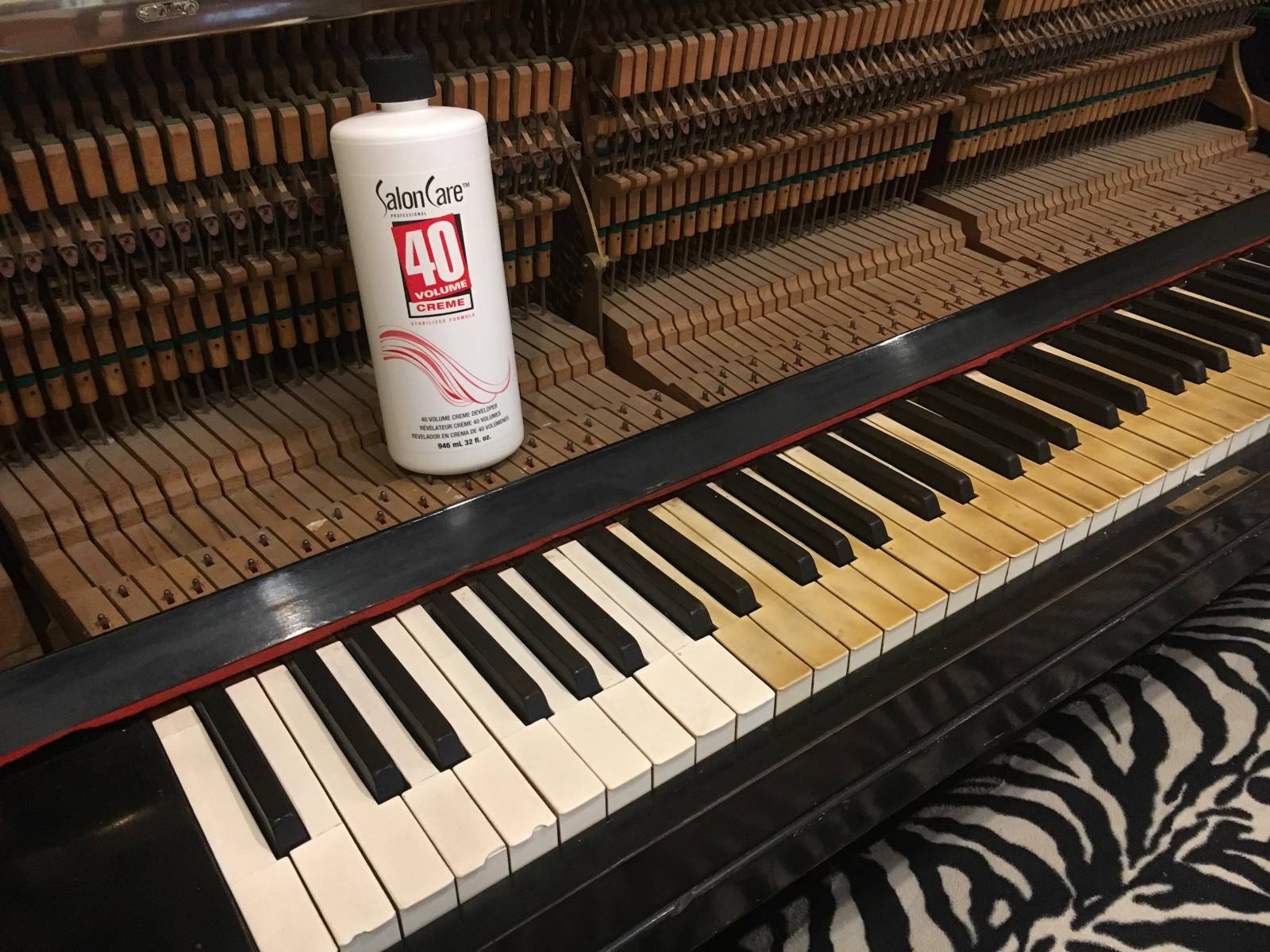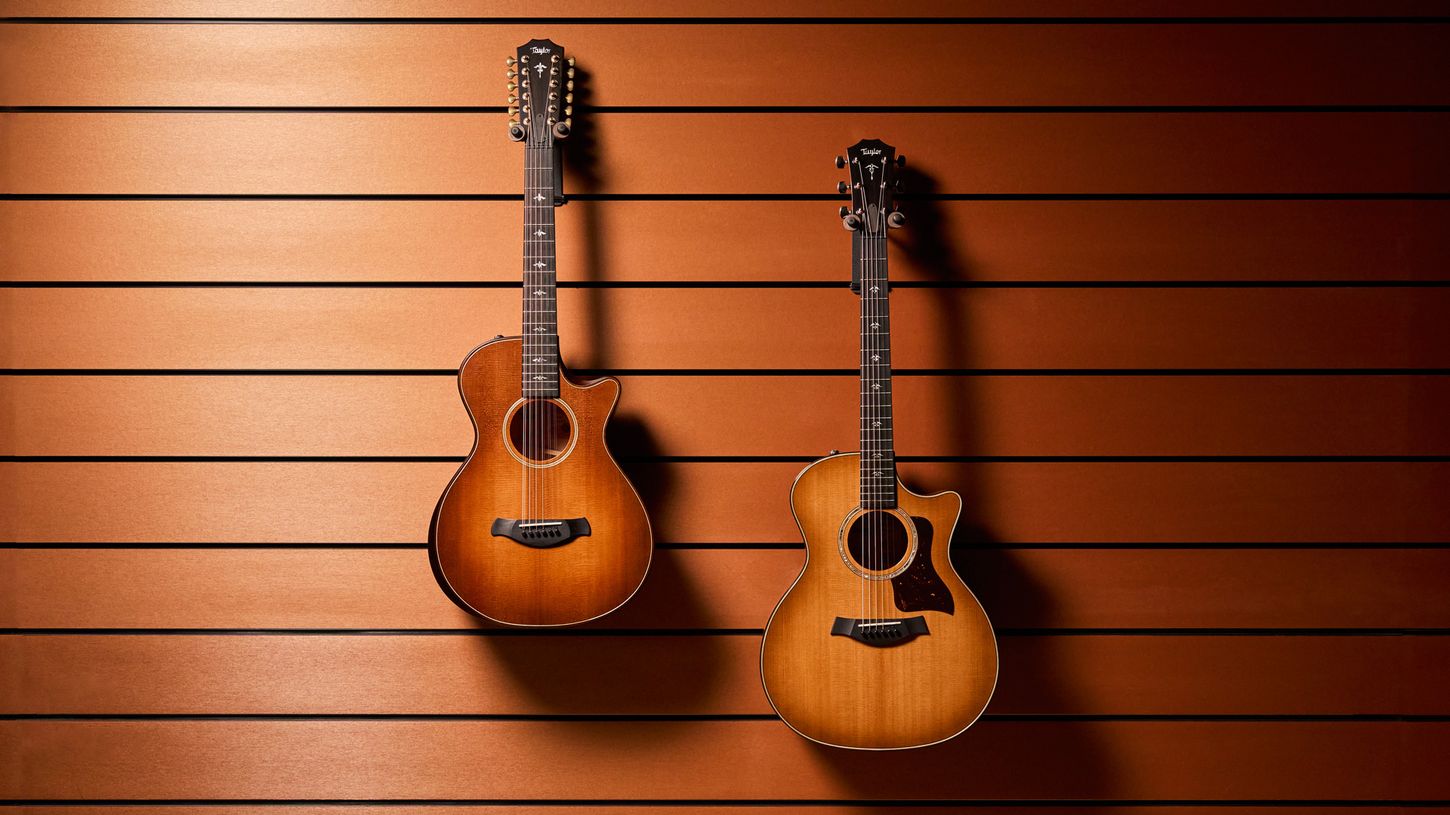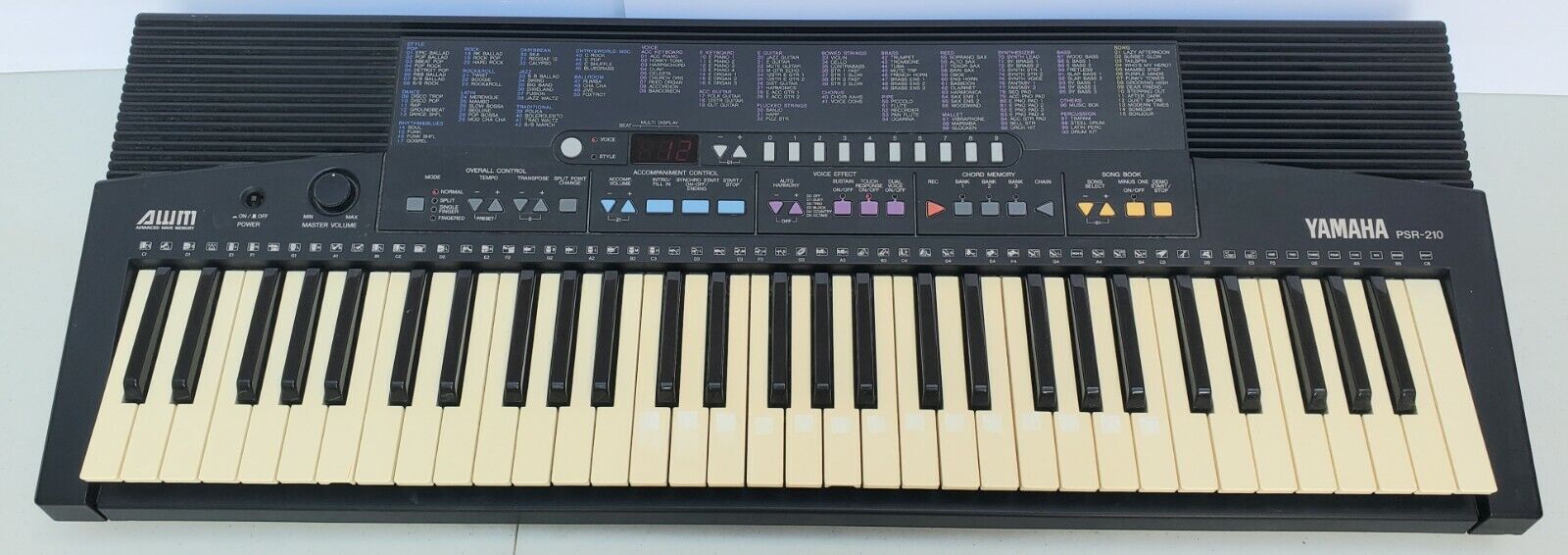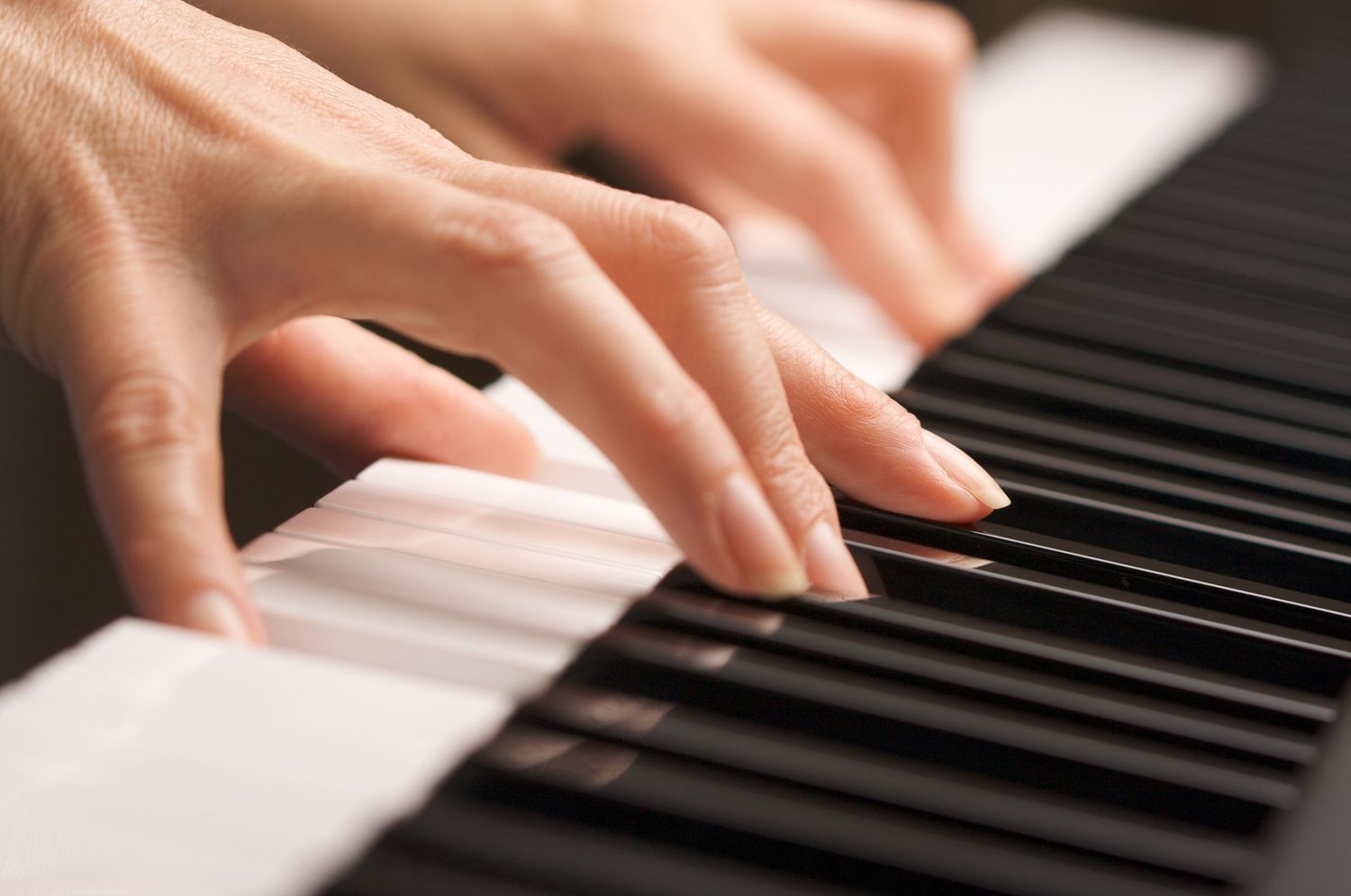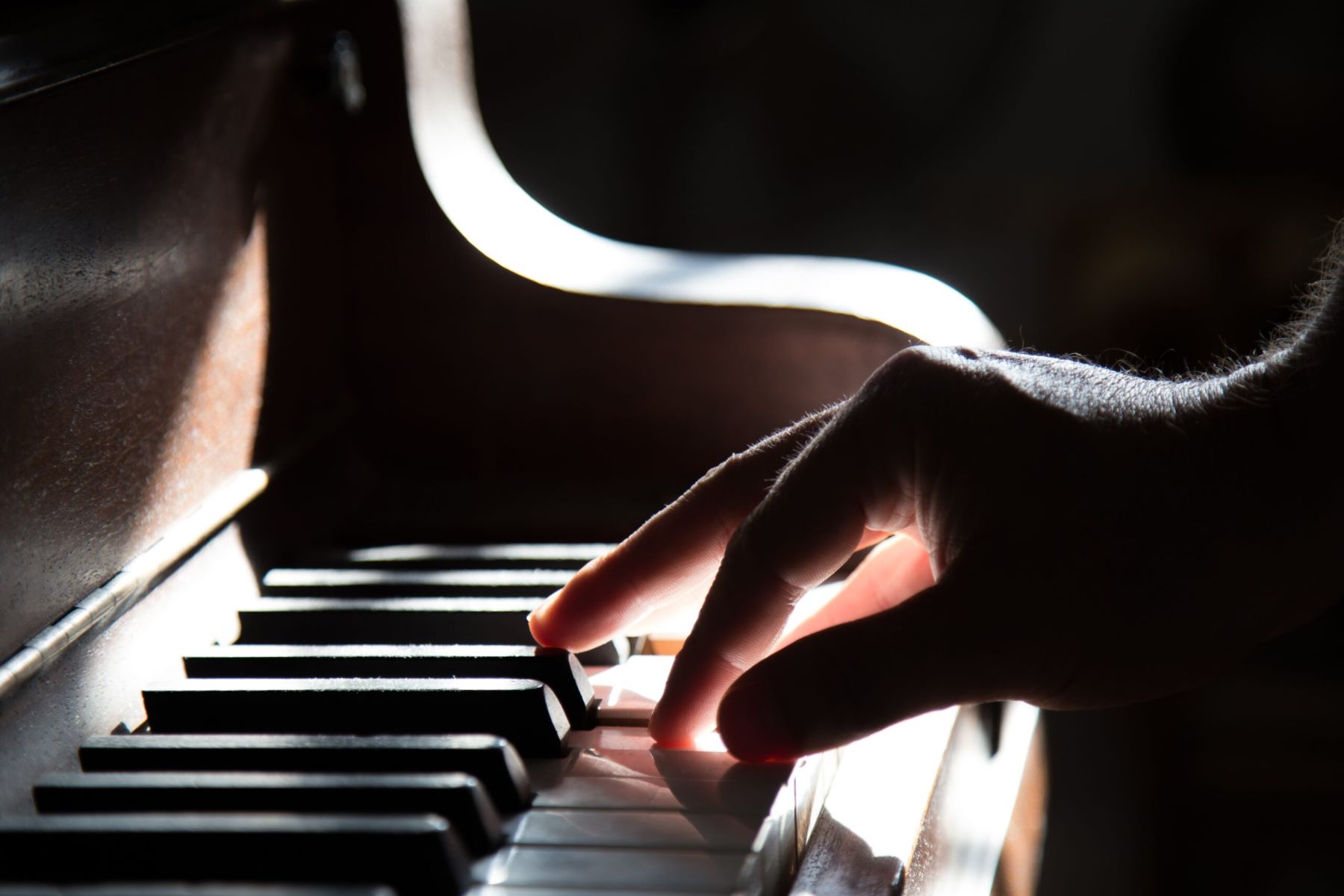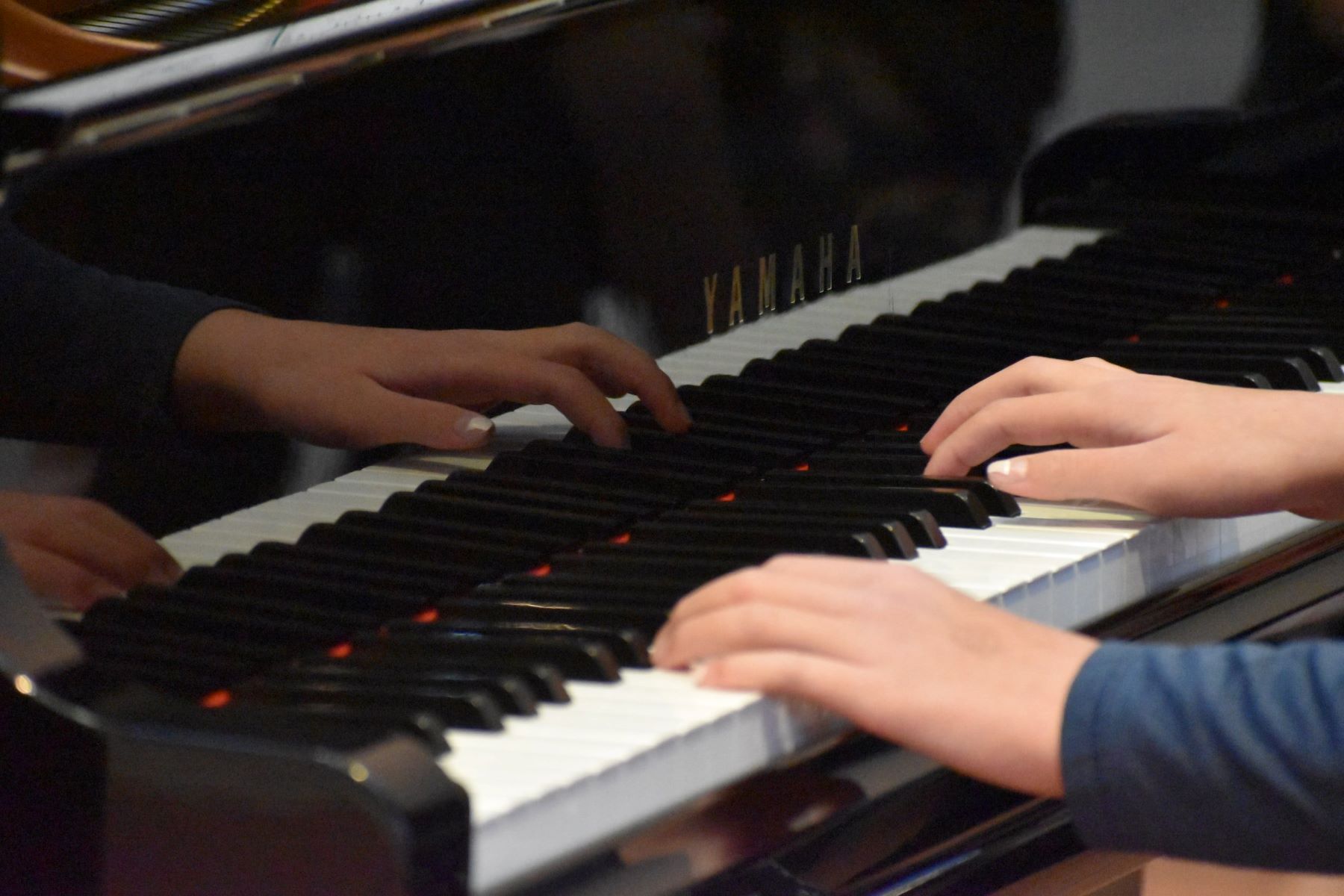Home>Production & Technology>Acoustic>How Many Keys Are On A Standard Acoustic Piano?
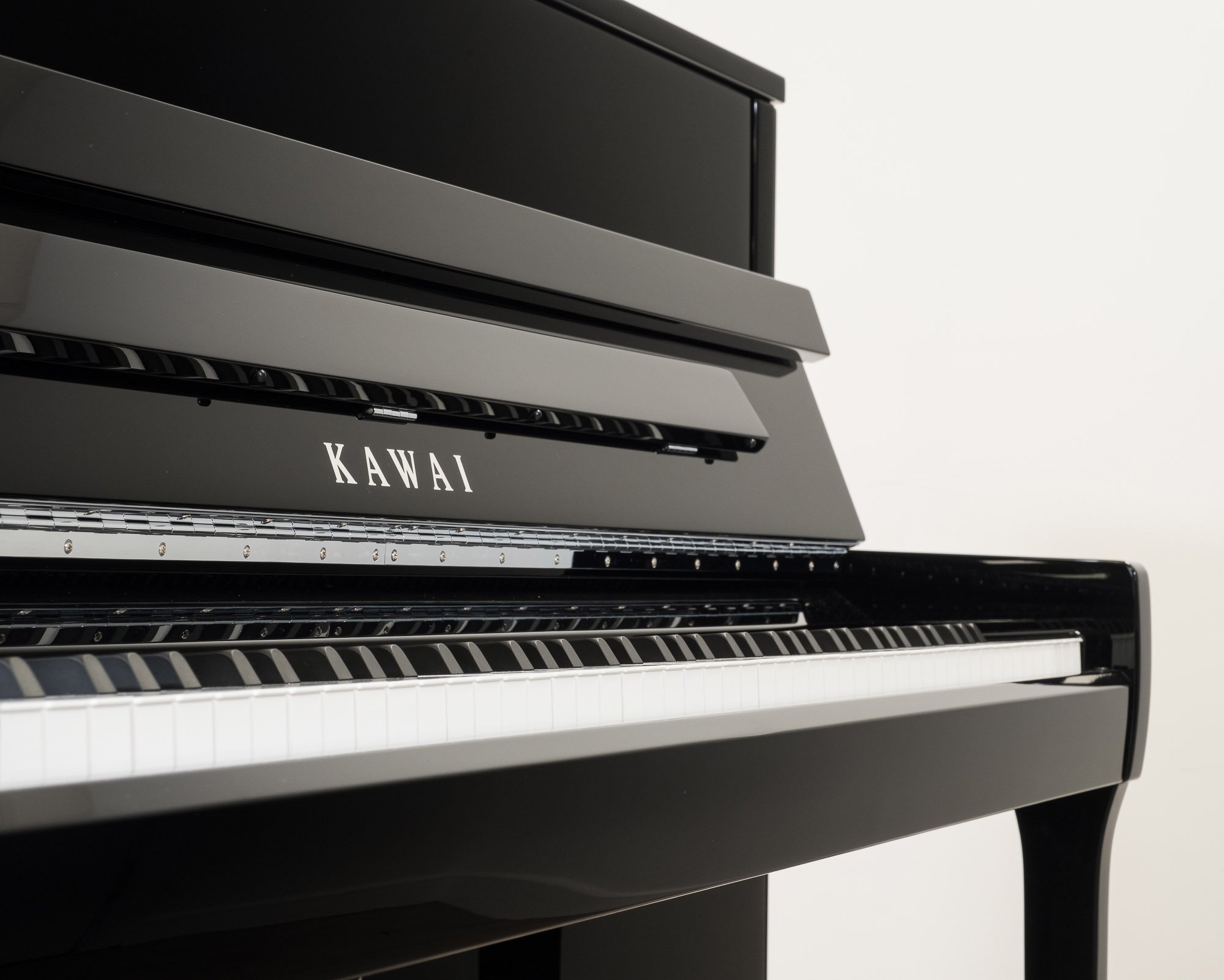

Acoustic
How Many Keys Are On A Standard Acoustic Piano?
Published: March 12, 2024
Discover the standard number of keys on an acoustic piano and learn about the essential features of this timeless instrument. Explore acoustic piano key counts and more.
(Many of the links in this article redirect to a specific reviewed product. Your purchase of these products through affiliate links helps to generate commission for AudioLover.com, at no extra cost. Learn more)
Table of Contents
Introduction
The enchanting sound of a piano has the power to stir emotions, evoke memories, and inspire creativity. At the heart of this majestic instrument lies a set of keys that serve as the gateway to a world of musical expression. Whether you're a seasoned pianist or an admirer of the instrument, understanding the intricacies of a piano's keys can deepen your appreciation for its craftsmanship and functionality.
In this article, we will delve into the fascinating realm of acoustic pianos, focusing on the number of keys, their purpose, and the layout that defines the instrument's character. From the rich history of piano design to the significance of each key, we will unravel the secrets behind this iconic feature of the acoustic piano.
Join us on a journey through the symphonic landscape of the piano as we explore the keys that unlock its melodic treasures. Whether you're a music enthusiast, a curious mind, or a budding pianist, this exploration promises to unveil the essence of the acoustic piano's soul, embodied in its meticulously crafted keys.
The Number of Keys on a Standard Acoustic Piano
The standard acoustic piano is renowned for its impressive array of keys, each contributing to the instrument's expansive range of notes. Traditionally, a standard acoustic piano features 88 keys, comprising 52 white keys and 36 black keys. These keys span across seven octaves and a minor third, encompassing a wide spectrum of musical tones that can be produced.
The 52 white keys are organized in a repeating pattern of groups of seven natural notes: A, B, C, D, E, F, and G. This sequence is then followed by a duplicate pattern in the next octave, creating a visually symmetrical layout. The 36 black keys, also known as the sharps and flats, are interspersed among the white keys, providing the ability to play semitones and enriching the harmonic possibilities of the piano.
The arrangement of keys on a standard acoustic piano is designed to facilitate the performance of complex musical compositions, allowing pianists to effortlessly navigate through various scales, chords, and melodies. The 88-key configuration empowers musicians to explore the full spectrum of musical expression, from the thunderous depths of the bass register to the ethereal heights of the treble range.
The number of keys on a standard acoustic piano is not merely a matter of quantity; it symbolizes the instrument's capacity to resonate with the depth and diversity of human emotions. Whether conveying the exuberance of a lively sonata or the melancholy of a soulful nocturne, the 88 keys of a standard acoustic piano stand as a testament to the instrument's versatility and expressive potential.
In essence, the number of keys on a standard acoustic piano embodies the instrument's ability to serve as a conduit for artistic interpretation and creative exploration. It is a testament to the piano's enduring legacy as a cornerstone of musical composition and performance, offering a boundless canvas for musicians to paint their sonic masterpieces.
The 88 keys of a standard acoustic piano represent a harmonious fusion of engineering precision and artistic ingenuity, inviting both seasoned pianists and aspiring musicians to embark on a captivating journey of musical discovery and expression.
The Purpose of the Keys
The keys of a standard acoustic piano serve as the gateway to a boundless realm of musical expression, enabling pianists to unleash their creativity and interpretive prowess. Each key is meticulously crafted to fulfill a distinct purpose, contributing to the instrument's ability to convey a myriad of emotions and narratives through its melodic tapestry.
Facilitating Note Production
Fundamentally, the keys of a piano are designed to trigger the hammers that strike the strings within the instrument, producing a rich and resonant sound. When a pianist depresses a key, it sets in motion a complex mechanism that culminates in the striking of the corresponding string, generating the desired musical note. This seamless interaction between the keys and the internal components of the piano is essential for translating the pianist's intentions into captivating melodies and harmonies.
Enabling Dynamic Expression
Beyond their mechanical function, the keys play a pivotal role in facilitating dynamic expression and articulation. Pianists harness the sensitivity and responsiveness of the keys to imbue their performances with nuances of volume, tone, and phrasing. The depth of a key's depression directly influences the intensity of the note produced, allowing musicians to convey a spectrum of emotions, from delicate whispers to thunderous crescendos. This dynamic versatility empowers pianists to infuse their interpretations with a profound sense of musicality and emotional depth.
Navigating Musical Complexity
The layout of the keys on a standard acoustic piano is intricately designed to accommodate the complexities of musical compositions. Pianists rely on the intuitive arrangement of keys to traverse scales, execute intricate chord progressions, and navigate through diverse musical genres with precision and agility. The keys provide a tactile roadmap for musicians, enabling them to seamlessly transition between registers, modulate tonalities, and explore the boundless possibilities of musical expression.
Fostering Artistic Exploration
In essence, the keys of a standard acoustic piano serve as catalysts for artistic exploration and innovation. They empower pianists to embark on a transformative journey of musical discovery, offering a canvas upon which they can weave intricate melodies, evoke poignant emotions, and craft compelling narratives through their performances. The keys embody the intersection of technical proficiency and creative intuition, inviting musicians to embark on a perpetual quest for artistic excellence and self-expression.
In summary, the keys of a standard acoustic piano transcend their mechanical function, embodying the essence of musical storytelling and interpretive finesse. They stand as conduits for the pianist's imagination and emotions, encapsulating the profound synergy between craftsmanship, artistry, and the timeless allure of the piano's melodic allure.
The Layout of the Keys
The layout of the keys on a standard acoustic piano is a testament to the instrument's meticulous design and the seamless fusion of aesthetic symmetry and functional precision. As pianists gaze upon the expanse of keys before them, they are greeted by a visually striking arrangement that embodies both elegance and practicality.
The 52 white keys, also known as the natural keys, form the foundational framework of the piano's layout. These keys are organized in a repeating pattern of groups of seven natural notes: A, B, C, D, E, F, and G. This sequence unfolds across the expanse of the keyboard, creating a visually symmetrical tapestry of musical potential. The symmetrical layout of the white keys not only contributes to the piano's aesthetic allure but also serves as a navigational guide for pianists as they traverse the instrument's expansive range.
Interspersed among the white keys are the 36 black keys, known as the sharps and flats. These keys enrich the harmonic possibilities of the piano by providing the ability to play semitones, thus expanding the tonal palette available to pianists. The black keys are strategically positioned in groups of two and three, creating a visually distinctive pattern that enhances the overall visual appeal of the piano's keyboard.
The layout of the keys on a standard acoustic piano is designed to facilitate intuitive navigation and seamless transitions across various registers and tonalities. Pianists rely on the tactile feedback of the keys to execute intricate passages, traverse scales, and articulate complex chord progressions with precision and fluidity. The symmetrical arrangement of the keys empowers musicians to develop a spatial awareness of the instrument, allowing them to instinctively locate and articulate specific notes and musical phrases.
Beyond its functional significance, the layout of the keys embodies a sense of artistic balance and harmony, reflecting the inherent beauty of musical expression. The visual symmetry of the keyboard serves as a visual representation of the equilibrium and coherence that underpin the art of piano performance. It invites pianists to embark on a journey of sonic exploration, where the seamless interplay of black and white keys becomes a canvas for creative expression and interpretive depth.
In essence, the layout of the keys on a standard acoustic piano transcends its utilitarian function, emerging as a visual and tactile embodiment of musical possibility and artistic allure. It stands as a testament to the enduring legacy of piano craftsmanship and the timeless appeal of an instrument that continues to captivate hearts and minds through its evocative melodies and harmonies.
Conclusion
In the grand tapestry of musical instruments, the standard acoustic piano stands as a timeless icon of melodic eloquence and artistic grandeur. At the heart of this majestic instrument lies a symphony of 88 keys, each bearing the weight of centuries of musical tradition and innovation. These keys, meticulously arranged in a visually captivating layout, serve as conduits for boundless creativity, interpretive finesse, and emotional resonance.
The 88 keys of a standard acoustic piano embody the instrument's capacity to resonate with the depth and diversity of human emotions. From the resounding depths of the bass register to the ethereal heights of the treble range, these keys offer a vast canvas for pianists to paint their sonic masterpieces. They symbolize the instrument's versatility and expressive potential, inviting both seasoned pianists and aspiring musicians to embark on a captivating journey of musical discovery and expression.
Beyond their mechanical function, the keys of a standard acoustic piano encapsulate the essence of musical storytelling and interpretive finesse. They empower pianists to weave intricate melodies, evoke poignant emotions, and craft compelling narratives through their performances. The keys stand as conduits for the pianist's imagination and emotions, encapsulating the profound synergy between craftsmanship, artistry, and the timeless allure of the piano's melodic allure.
As the final notes of a sonata fade into the air, the legacy of the piano's 88 keys endures as a testament to the enduring allure of an instrument that continues to captivate hearts and minds through its evocative melodies and harmonies. Whether conveying the exuberance of a lively composition or the introspection of a soul-stirring ballad, the keys of a standard acoustic piano remain steadfast in their invitation to musicians to explore the boundless depths of musical expression.
In essence, the 88 keys of a standard acoustic piano transcend their physical form, emerging as portals to a world where creativity knows no bounds and where the language of music speaks with timeless eloquence. They beckon pianists and enthusiasts alike to partake in the enduring legacy of an instrument that has, and will continue to, shape the very fabric of musical artistry and human emotion.

